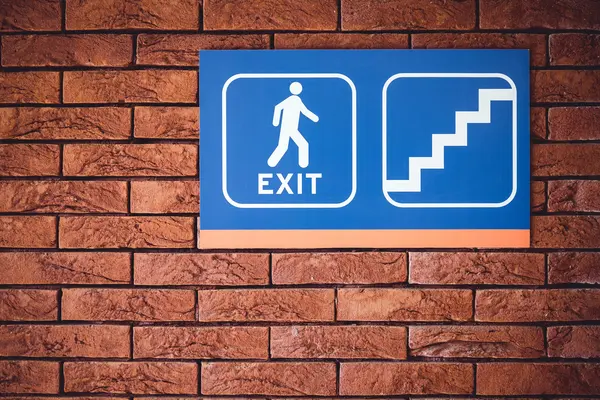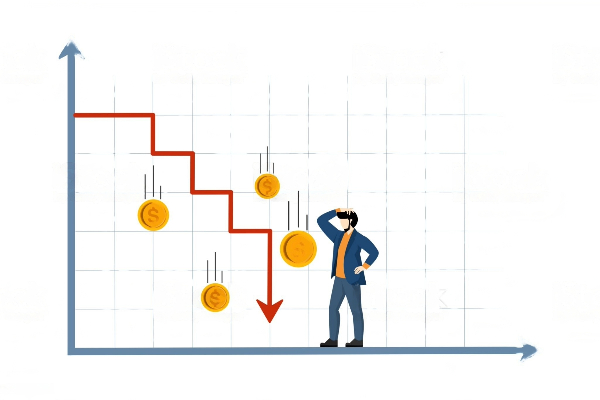As we approach 2025, sustainability has transitioned from being a niche concern to a global imperative. The scientific community agrees that this decade represents our last best chance to prevent catastrophic climate change, making the innovations emerging in 2025 particularly significant. Across industries, we’re witnessing an unprecedented convergence of technological advancement, policy shifts, and consumer demand driving sustainable transformation at scale.
This comprehensive guide explores how sustainability is evolving across key sectors, highlighting the most impactful innovations that are reshaping our world. From revolutionary energy solutions to circular business models and AI-driven conservation efforts, I will examine how these developments are creating a more sustainable future while presenting new economic opportunities.
1. The Renewable Energy Revolution Accelerates
Solar Power Reaches New Heights
The solar energy sector is undergoing its most dramatic transformation since the invention of photovoltaic cells. In 2025, perovskite solar cells are finally making their commercial debut, offering efficiencies approaching 30% – nearly double that of traditional silicon panels. These ultra-thin, flexible panels can be integrated into building facades, vehicle surfaces, and even clothing, fundamentally changing where and how we harvest sunlight.
Floating solar farms have become the solution of choice for land-constrained nations. Japan’s 13.7MW Yamakura Dam project and Singapore’s massive 60MW Tengeh Reservoir installation demonstrate how water bodies can become power generators without competing with agricultural or urban land needs.
Wind Energy Goes Bigger and Smarter
Offshore wind turbines now regularly exceed 15 MW capacity, with rotor diameters spanning nearly 250 meters – larger than the London Eye. The most exciting development comes from vertical-axis wind turbines that can capture wind from any direction, making them ideal for urban environments. When combined with AI-powered predictive maintenance systems, these turbines achieve unprecedented 98% operational uptimes.
The Hydrogen Economy Takes Shape
Green hydrogen production has crossed the crucial $2/kg threshold, making it competitive with fossil fuels in many applications. Germany’s Hydrogen Core Network now connects major industrial centers with dedicated pipelines, while Japan has launched the world’s first liquid hydrogen carrier ship. Perhaps most significantly, hydrogen-based steel production is displacing traditional blast furnaces, potentially eliminating 7% of global CO2 emissions from this sector alone.
Energy storage innovations are solving renewable energy’s intermittency challenge. Solid-state batteries with 500-mile ranges are entering the EV market, while novel thermal storage systems using molten silicon can store energy for weeks at a fraction of lithium-ion costs. The most unexpected breakthrough comes from “sand batteries” – simple, scalable systems that store excess renewable energy as heat in insulated sand silos, releasing it as needed for district heating systems.
2. The Circular Economy Becomes Standard Practice
Redefining Waste in Manufacturing
Leading manufacturers have fully embraced circular principles, with companies like Philips now generating 70% of revenue from circular products and services. Their lighting-as-a-service model exemplifies this shift – customers pay for illumination rather than light fixtures, incentivizing the company to create durable, repairable, and ultimately recyclable products.
The construction industry’s adoption of “material passports” represents another leap forward. These digital records document every material used in a building, enabling efficient disassembly and reuse at end-of-life rather than demolition. Amsterdam’s Circle House project demonstrates how this approach can achieve 90% material recovery rates.
Next-Gen Sustainable Materials
Biomaterials are displacing petroleum-based products at an accelerating pace. Mycelium-based leather alternatives now match animal leather in quality and durability, with major fashion houses incorporating them into their collections. Perhaps more surprisingly, seaweed-based bioplastics have entered mainstream packaging, with Evian using them for all their water bottles.
In the textile industry, enzymatic recycling has solved the blended-fabric problem. Companies like Circ can now separate polyester-cotton blends at molecular level, enabling true closed-loop recycling of clothing. Meanwhile, carbon-negative concrete formulations using industrial waste products are transforming one of the world’s most polluting materials into a carbon sink.
The Sharing Economy Matures
Platforms for sharing high-value items have evolved beyond cars and scooters. Peer-to-peer industrial equipment sharing allows small manufacturers to access expensive machinery, while neighborhood tool libraries have reduced redundant purchases of power tools by an estimated 40% in participating communities. The most innovative development comes from “product life extension” services, where companies like Fairphone offer modular, upgradable devices designed for decade-long use.
3. Transportation’s Sustainable Transformation
Electric Vehicles Reach the Tipping Point
The EV revolution has moved beyond early adopters, with 2025 marking the year electric vehicles become cheaper to produce than ICE vehicles across all segments. Wireless charging roads in cities like Detroit and Stockholm are eliminating range anxiety, while ultra-fast 350kW chargers can add 200 miles of range in under 10 minutes.
The commercial vehicle sector is undergoing its own transformation. Electric trucks now dominate urban delivery fleets, and hydrogen fuel cell semis are handling long-haul routes. Perhaps most remarkably, regional electric air travel has become reality, with Eviation’s Alice aircraft entering service on short commuter routes.
Reimagining Urban Mobility
Smart cities are implementing Mobility-as-a-Service (MaaS) platforms that integrate public transit, bike-sharing, ride-hailing, and micro-mobility into seamless journeys. Helsinki’s Whim app has reduced private car ownership by 50% among its users. Meanwhile, autonomous electric shuttles are providing first/last mile solutions, with Singapore’s driverless bus network now covering 90% of residential areas.
Cargo delivery is getting cleaner too. Electric cargo bikes handle 40% of urban deliveries in cities like London and Paris, while autonomous delivery robots have become commonplace on college campuses and business districts. The most unexpected success comes from revived canal networks, where electric barges are removing thousands of trucks from crowded roads.
4. Technology’s Role in Sustainability
AI for Planetary Health
Artificial intelligence has become sustainability’s most powerful tool. Google’s DeepMind has reduced data center cooling energy by 40% through AI optimization, while IBM’s geospatial AI can predict crop yields with 95% accuracy, helping reduce agricultural waste. Perhaps most impressively, machine learning algorithms now monitor 90% of the world’s deforestation in near real-time, enabling rapid intervention.
Blockchain applications have moved beyond cryptocurrency to enable transparent supply chains. The Food Trust network allows consumers to trace food products from farm to fork, while De Beers uses blockchain to verify conflict-free diamonds. New “green token” systems even allow consumers to track and trade the carbon offsets associated with their purchases.
Carbon Removal Technologies Scale Up
Direct air capture plants now operate on every continent, with the largest facility in Iceland removing 36,000 tons of CO2 annually – equivalent to 7,800 cars. Enhanced weathering techniques, where crushed minerals are spread on farmland to absorb CO2, are showing promise at scale. The most innovative approach comes from ocean fertilization projects that sustainably boost phytoplankton growth, creating natural carbon sinks.
5. The Sustainable Consumer Revolution
Conscious Consumption Goes Mainstream
Digital product passports have become standard, showing a product’s environmental impact across its lifecycle. Apps like Yuka and Think Dirty now rate over 1 million products for their health and sustainability credentials. The most significant shift comes in food labeling – mandatory climate impact scores on menus and packaging are reshaping consumer choices.
The sharing economy has expanded into unexpected areas. Luxury fashion rental platforms now serve 100 million users globally, while tool libraries and toy-sharing services have become neighborhood staples. Even in electronics, services that extend device lifespans through repairs and upgrades are growing 300% year-over-year.
The Plant-Based Revolution Accelerates
Cultivated meat has finally received widespread regulatory approval, with products now 80% cheaper than their 2020 prototypes. Vertical farms supply 15% of urban leafy greens, using 95% less water than conventional agriculture. The most surprising development comes from molecular fermentation, which can produce any food compound without plants or animals – including coffee without coffee beans and chocolate without cocoa.
A Future Within Reach
The sustainability innovations of 2025 demonstrate that environmental progress and economic growth aren’t mutually exclusive – they’re increasingly interdependent. What seemed like distant possibilities just five years ago have become commercial realities, proving that human ingenuity can rise to meet our greatest challenges. While significant obstacles remain, the trends outlined here show a clear path forward. The technologies exist, the business models are proven, and consumer demand has never been stronger. What’s needed now is accelerated adoption and supportive policies to bring these solutions to scale globally. The choices we make in 2025 will echo for generations. By embracing these innovations across every sector, we can still achieve the Paris Agreement targets and build a thriving, sustainable economy. The future isn’t just green – it’s prosperous, equitable, and alive with possibility.

